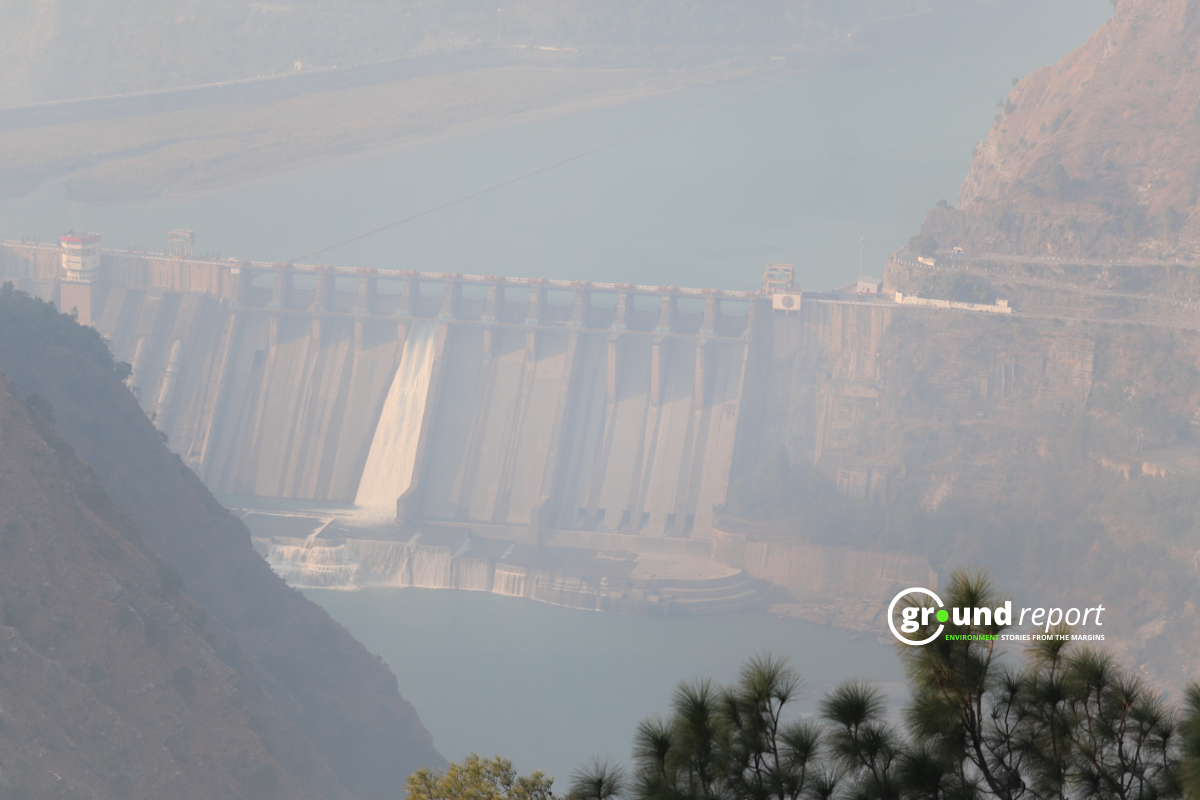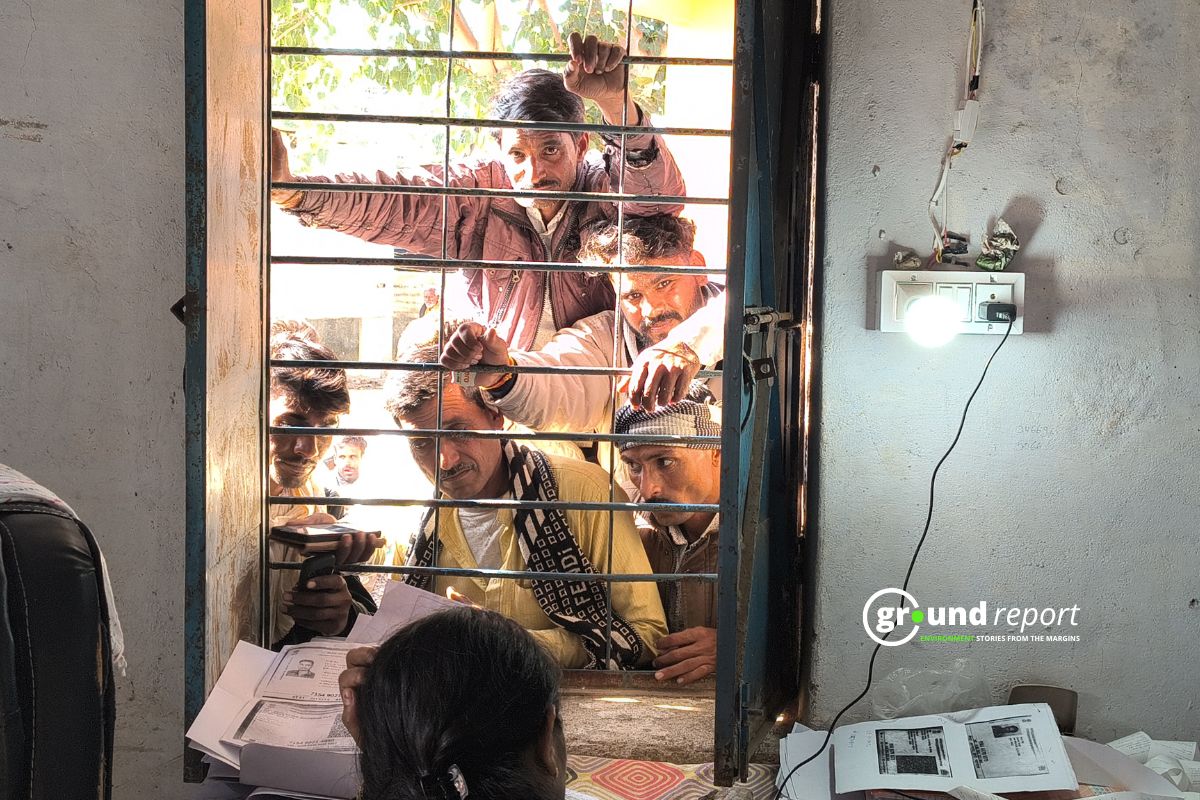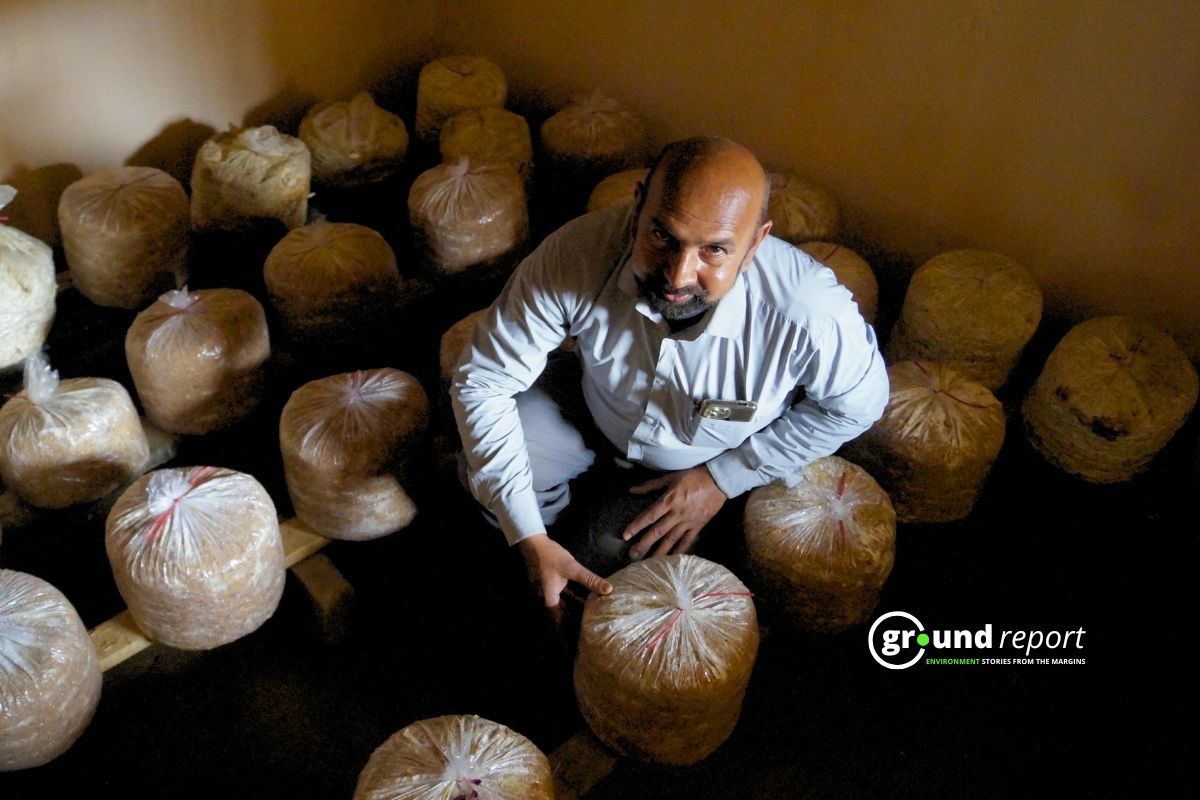Central Water Commission’s data for 2024 revealed that the southern regions of Andhra Pradesh, Telangana, Karnataka, Kerala and Tamil Nadu hit just 15% of the total live storage capacity in reservoirs, with a total live storage capacity of 53.334 Billion Cubic meters (BCM). The storage capacity this year is below the average of the last 10 years during the corresponding period. By 2030, India’s water demand is projected to be double the amount available, as reiterated by the Interconnected Disaster Risks Report in October 2023. This implies severe water scarcity for hundreds of millions of people. 21 major Indian cities, including Chennai, Delhi and Bengaluru, are on the verge of depleting their groundwater. These water-stricken cities have been hosting Indian Premier League (IPL) matches for the past two months.
Despite IPL being a large revenue generator for the Indian economy, organising it amidst the growing water shortage in the nation raises questions and concerns. Many even suggested the matches be relocated to other cities. In 2016, the Supreme Court of India ordered the relocation of 13 IPL matches from drought-hit parts of Maharashtra, amidst the region’s water scarcity. India Today, reported that 75,000 liters of treated water daily are being sought for the stadium. The Bangalore Water Supply and Sewerage Board (BWSSB) decided to supply treated water from the Cubbon Park wastewater treatment plant at the request of the Karnataka State Cricket Association (KSCA) management board. This came as the BWSSB prohibited the public from using drinking water for non-essential purposes like gardening or vehicle washing, due to Bangalore’s growing water problem.
Dr T V Ramachandra, Coordinator, Energy and Wetlands Research Group, Indian Institute of Science, Bengaluru, told the Ground Report, “If the current situation of mismanagement (of water) in Bangalore continues, we are going to pay a heavy price with a situation worse than Cape Town”.
Suo Motu by NGT
In early April, based on India Today’s report, the National Green Tribunal (NGT) registered a case (suo motu cognizance). It requested the Karnataka State Cricket Association (KSCA) to submit details regarding the volume, quantity, and origin of the water used at the M Chinnaswamy Stadium during IPL matches. water crisis hit, and Bengaluru faces a 500 MLD of water deficit daily this summer against the requirement of 2,600 MLDs. A report by the Telangana agriculture department submitted to the state government on March 27 stated, “Between March and May 2024, which is considered a hot season, the normal rainfall should be around 3.9 mm, but so far, only 0.2 mm rainfall has been received.
In response to the NGT’s report on the status of the use of water by the stadium through different sources. Dr T V Ramachandra said, “We [citizens of Bangalore] should not have allowed IPL in Bangalore, considering the current pathetic status of the severe water crisis in the city. It is the responsibility of all of us to ensure water is available to everyone for essential domestic purposes,”,
Water use and its issues in M Chinnaswamy Stadium
Shubendu Ghosh, CEO of Karnataka State Cricket Association (KSCA), addressed the concerns in early March by stating, “We are facing no crisis at the moment. We are in constant meetings about following the state government’s guidelines on water usage.”
Ghosh further elaborated on the water management strategies, explaining,
“We are already using water from the Sewage Treatment Plants for watering outfield and pitch and other in-stadium purposes. We may require 10,000–15,000 litres of water for match purposes, and we are certain that it can be generated from the STP plant.”
However, the tribunal noted that the stadium’s total usage or water consumption was 1,94,000 liters a day, of which 80,000 liters were freshwater. This contradicts the statements by Ghosh.
Regarding the use of excessive freshwater in M Chinnaswamy Stadium, Dr T V Ramachandra said
“[This is] unfortunate; this has deprived 100+ families of their right to water (for drinking and other essential domestic uses). Misplaced priorities, despite severe water scarcity, only highlight the lack of concern for the welfare of society. Authorities should have been sensible and ensured prudent use of water at the time of crisis.”
BWSSB has provided Cauvery Water Connection and the stadium is drawing a monthly average of 2212 KL of fresh water from it. This freshwater is used for residential rooms, kitchens, party halls, and restaurants. Notably, the facility hosts around 500 guests/members per day. Furthermore, the M Chinnaswamy stadium has its own functional 200 KLD (kilo litter per Day) Sewage Treatment Plant. For which BWSSB is supplying sewage at the rate of Rs 6 per kilo from the year 2017. The treated water is used for gardening and other non-portable purposes, as well as pitch and outfield maintenance. However, NGT found that the sewage generation has decreased as there is no sewage flow. Hence, the stadium has not obtained the required amount of municipal sewage from BWSSB. The stadium also uses four groundwater borewells, without any water flow meters for calculating the usage of water.
Dr T V Ramachandra added,
“Borewells in the campus (stadium) do not provide any right to misuse water for non-essential purposes. The ground water aquifer has no boundaries, and the water rightfully belongs to the citizens of Bangalore, which does not permit the usage of crucial water for non-essential purposes.”Adding that, “I hope NGT penalises IPL for wasting water at the time of crisis,”
He also stressed that the tournament’s governing authorities should bear the responsibility of ensuring the sustenance of crucial natural resources through climate-resilient interventions. He said that they partake in the rejuvenation of nearby lakes and the tertiary treatment of sewage generated in the locality during IPL events. He said, “IPL should take up the rejuvenation of the nearby lake and tertiary treatment of sewage generated in the locality (which can be reused in the community) and during IPL events.”
Citizen protests are necessary
The reasoning for the NGT’s suo motu cognizance is puzzling, as this issue has been persisting in Bangalore and other states for a long time. The NGT has further directed the KSCA to disclose details regarding permissions granted for the bore wells, including the duration of groundwater extraction and bore well digging, along with extracted water quantities. For which a four-week deadline has been given and a hearing scheduled for August 13. However, the IPL would have wrapped up by then.
Addressing the lack of timely intervention and penalisation of NGT, Dr. T V Ramachandra said,
“Nevertheless, the NGT verdict would be binding and IPL needs to implement [it]. An appropriate verdict penalising for negligence and arrogance (of wasting water) would certainly bring awareness among the general public and also might make IPL follow a prudent path.”
Dr T V Ramachandra added his dismay at the public, stating that “Had the citizens protested aptly, sense would have prevailed in authorities to make the right decision not to waste water and ensure water is available for Bangaloreans. Let IPL organisers pay for misusing essential water for commercial purposes by aiding the city administration in wastewater treatment (part of which can be used for IPL, next season)”.
Follow Ground Report for Environmental News from India. Connect with us on Facebook, Twitter, Koo App, Instagram, Whatsapp and YouTube. Write us at GReport2018@gmail.com and subscribe to our free newsletter.
Don’t forget to check out our climate glossary, it helps in learning difficult environmental terms in simple language.







